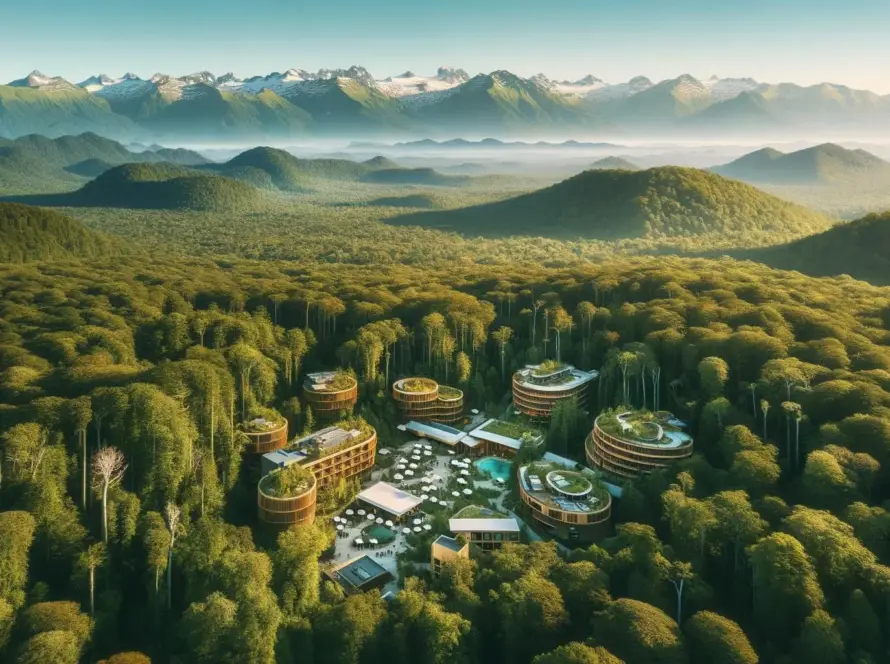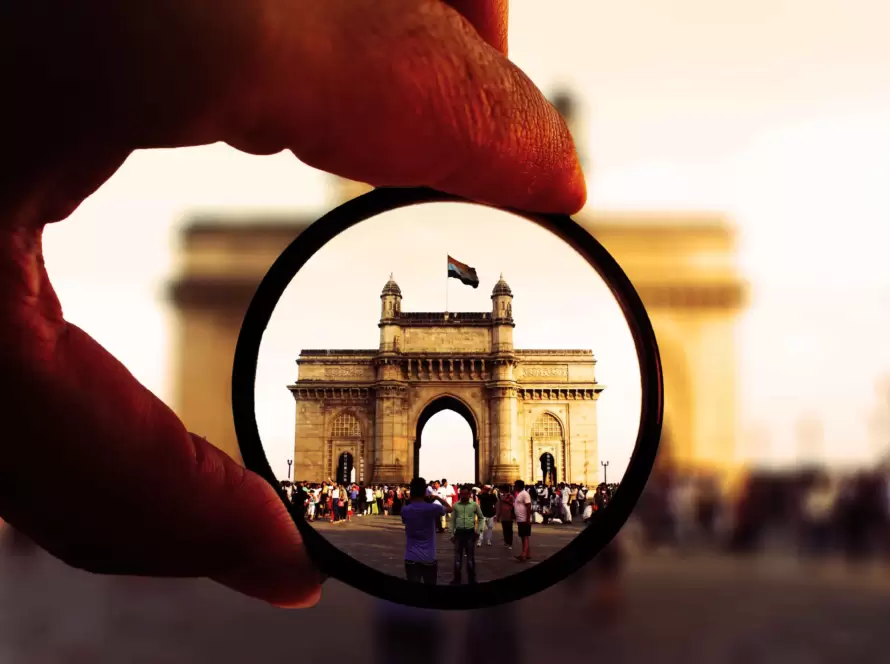Generated by Contentify AI

Key Takeaways
- Preservation of cultural heritage
- Exploring traditional instruments and styles
- Modernization and adaptation of classical music
Exploring the History
The roots of traditional Indian music stretch back thousands of years, deeply embedded in the country’s rich cultural heritage. This diverse genre encompasses a wide range of styles, including classical (both Hindustani and Carnatic), folk, and tribal music, each with its own unique history, instruments, and performance practices. The origins of Indian classical music can be traced to the Vedic era, with further evolution documented in ancient texts like the Natya Shastra, which outlines the theoretical and practical aspects of music, dance, and drama. Over centuries, this art form has been preserved and passed down through generations, evolving along the way but always maintaining a connection to its ancient roots.
Folk and tribal music, on the other hand, reflect the life, traditions, and stories of India’s diverse communities. These genres are often region-specific, utilizing local languages and instruments, and they have traditionally been transmitted orally from one generation to the next. Despite their differences in form and presentation, all strands of traditional Indian music share a common goal: to evoke emotions and convey stories, connecting performers and audiences to their cultural heritage.
Reviving traditional Indian music in today’s digital age involves reconnecting with these historical roots while navigating the challenges and opportunities presented by modern technology. This revitalization is not just about preserving an art form; it’s about celebrating and sharing India’s rich musical legacy with the world.
Modern Innovations
In the quest to rejuvenate traditional Indian music, modern innovations have played a pivotal role, seamlessly blending ancient melodies with contemporary sounds and platforms. A significant stride in this direction has been the adaptation of digital technology, which has made music more accessible to a global audience. Artists and musicians are now recording timeless ragas and folk songs in state-of-the-art studios, ensuring the rich textures and nuances of traditional sounds are preserved in their digital avatars. Moreover, music streaming services and social media platforms have become powerful tools for artists to share their work, reaching listeners who might not have been exposed to traditional genres otherwise.
Another innovative approach has been the fusion of Indian classical music with various global music styles, from jazz and blues to electronic dance music. This fusion not only attracts younger audiences but also retains the essence of traditional music, creating a vibrant, eclectic sound that is both fresh and familiar. Collaborations between Indian classical musicians and international artists have further propelled traditional Indian music onto the world stage, showcasing its versatility and timeless appeal.
In educational institutions, the incorporation of traditional music into the curriculum has emerged as a novel way of reviving interest among the youth. Interactive workshops, online tutorials, and live demonstrations by maestros have made learning about Indian music’s rich heritage more engaging and accessible than ever before.
These modern innovations, while preserving the core of traditional Indian music, have opened new avenues for experimentation and appreciation, ensuring that the ancient art form not only survives but thrives in the contemporary era. Through these efforts, the movement aimed at reviving traditional Indian music continues to gain momentum, promising a resonant future for this integral piece of India’s cultural puzzle.
Get Secure IT Solutions Services
Shakti Web Solutions is your one-stop destination for top-notch Website Design & Website Development solutions. We help you go digital and unlock your business potential.
Challenges and Solutions
The journey to revitalize traditional Indian music encounters a myriad of challenges, yet it also opens the door to innovative solutions. A primary obstacle is the diminishing interest among the youth, partly due to the overwhelming influence of Western music and pop culture. This trend threatens the transmission of invaluable cultural knowledge to future generations. Additionally, the scarcity of formal education and training centers dedicated to traditional music limits accessibility for those interested in learning. The commercialization of music has further marginalized traditional genres, making them less financially viable for artists.
Addressing these challenges requires a multifaceted approach. One effective solution is integrating traditional Indian music into the mainstream education system. By introducing children to the rich tapestry of Indian musical traditions at an early age, it fosters a deeper cultural appreciation and curiosity. Collaborations between government bodies, non-profit organizations, and the music industry can lead to the creation of more platforms for traditional artists, including festivals, workshops, and concerts, both nationally and internationally. This not only provides artists with a livelihood but also brings traditional Indian music to a wider audience.
Leveraging technology and social media is another crucial strategy in reviving traditional Indian music. Creating digital archives and online learning resources can make music more accessible to learners worldwide. Social media campaigns and streaming services can play a significant role in promoting traditional music, reaching an audience that spans the globe. Innovative use of technology, such as virtual reality and immersive audio experiences, can also attract younger demographics by offering them an engaging way to experience traditional music.
Furthermore, encouraging collaborations between traditional musicians and contemporary artists across various genres can result in creative fusion projects that appeal to a broader audience. Such initiatives not only help in reviving traditional Indian music but also in preserving it in a form that is relevant to today’s world. Through these concerted efforts, the essence and beauty of traditional Indian music can be safeguarded for future generations, ensuring its place in both the national and global cultural landscapes.
Related articles
Impact on Society
The impact of reviving traditional Indian music extends far beyond the preservation of an art form; it serves as a bridge connecting the past with the present, fostering a deeper societal appreciation for India’s rich cultural heritage. As efforts to rejuvenate this music genre gain momentum, one of the most significant outcomes is the strengthening of national identity and pride. In a country as diverse as India, traditional music acts as a unifying force, bringing together people from various backgrounds and regions, celebrating their shared heritage through the universal language of music.
Moreover, this revival has a profound educational impact. As more individuals, especially the youth, engage with traditional Indian music, there’s an increase in cultural literacy. Understanding the historical context and the intricacies of traditional music genres encourages a holistic appreciation of India’s cultural diversity, promoting inclusivity and mutual respect among the younger generation.
The economic implications cannot be overlooked either. By providing platforms for traditional artists to showcase their talents, not only at national but also at international levels, there’s a significant boost to the local arts economy. Artisans, musicians, and performers find new avenues for employment, contributing to the livelihood of communities dedicated to preserving traditional art forms.
On a global scale, the revival of traditional Indian music enhances cross-cultural exchanges, positioning India as a vibrant cultural powerhouse on the world stage. Collaborations between Indian musicians and international artists create a fusion that transcends cultural barriers, fostering global harmony and understanding through the universal appeal of music.
In essence, the movement to revive traditional Indian music is a catalyst for social cohesion, educational enrichment, economic development, and international diplomacy. Its impact on society is a testament to the power of music in bridging gaps, celebrating diversity, and enriching the human experience on both a national and global level.






